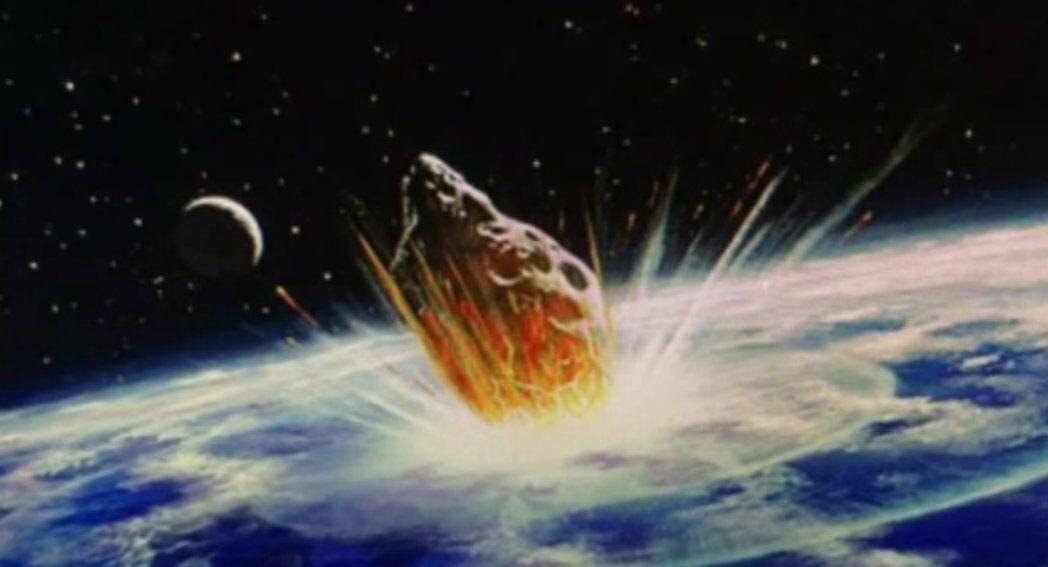Africa-Press – Rwanda. A recent study has found two features of the solar system that are extremely beneficial for life on Earth: that Earth is the largest terrestrial planet, and that there is an asteroid belt instead of a planet between Mars and Jupiter.
The results of a computer modeled study were published in the peer-reviewed Planetary Science Journal on Tuesday, describing how one scientist devised a situation that would “break” the solar system as we know it.
All he did was replace the asteroid belt, a region of space between Mars and Jupiter that is populated by legions of small rocks, with a rocky planet a little bigger than Earth.
“This fictional planet gives a nudge to Jupiter that is just enough to destabilize everything else,” said astrophysicist and study author Stephen Kane of the University of California, Riverside. “Despite many astronomers having wished for this extra planet, it’s a good thing we don’t have it.”
Noting that astronomers often regard the asteroid belt as “wasted real estate,” Kane noted that in fact, that planetary gap plays a key role in keeping everything else stable.
To figure out some of this importance, Kane ran dynamic computer simulations in which he replaced the asteroid belt – which combined has just 3% of the mass of our moon – with planets of different masses, and observed how it shaped interactions with other planets.
The big danger, it seems, is that a planet of sufficient size so close to Jupiter, the solar system’s largest planet, could disrupt Jupiter’s orbit. The king of planets is some 318 times the mass of the Earth, and its situation in the middle of the planets, along with its gravitational pull on all other objects in the solar system, helps keep it all stable.
Kane tested the impact of what are called “super-Earths,” or terrestrial planets with a greater mass than the Earth. In our solar system, no such planet exists, as Earth is the largest rocky world, but in other star systems, astronomers have observed rocky planets several times the mass of the Earth. His models tested for rocky planets up to 10 times the mass of the Earth, which is approaching the mass of Neptune, the smallest gas giant (which is in fact 17 times the mass of the Earth).
The bigger the super-Earth, the more chaos it sowed. Planetary orbits were thrown off, planets were flung out of the solar system, there was no way life on Earth could survive such a situation. However, when the planet was made much smaller, it wasn’t able to influence Jupiter as much, and the rest of the planets behaved themselves as well. However, if he moved the orbit a little bit closer to Jupiter or further away, the perturbations became much worse.
“This work presents a positive aspect of the lack of a local super-Earth, in demonstrating the potential for orbital instability that such an additional planetary mass may induce,” Kane said.
“Our solar system is more finely tuned than I appreciated before. It all works like intricate clock gears. Throw more gears into the mix and it all breaks.”
For More News And Analysis About Rwanda Follow Africa-Press






